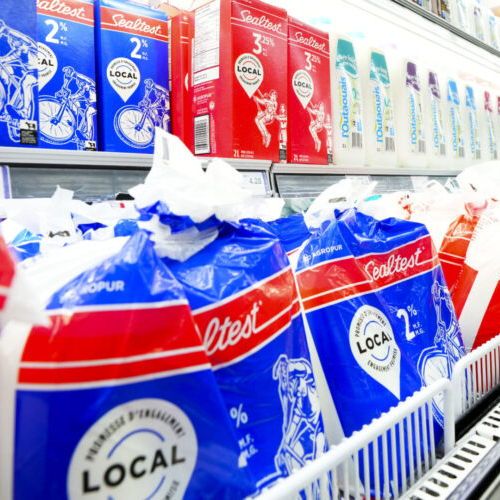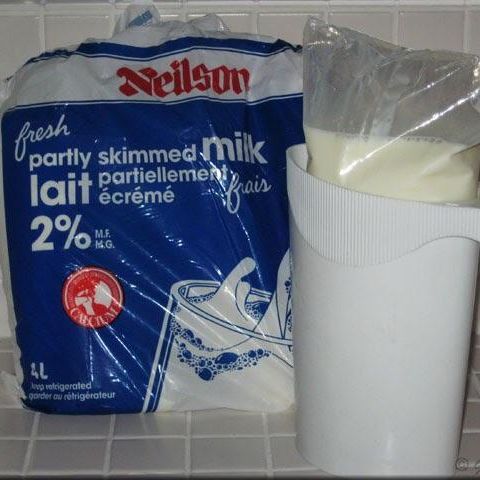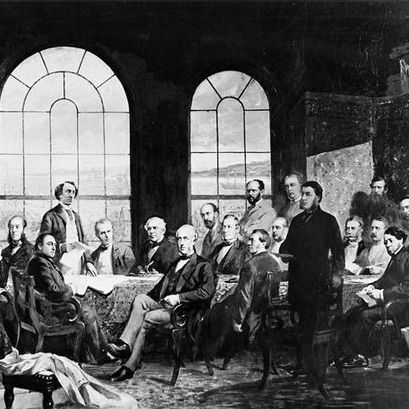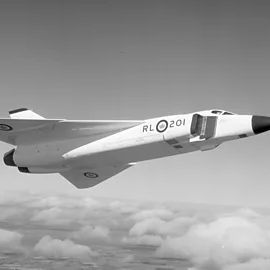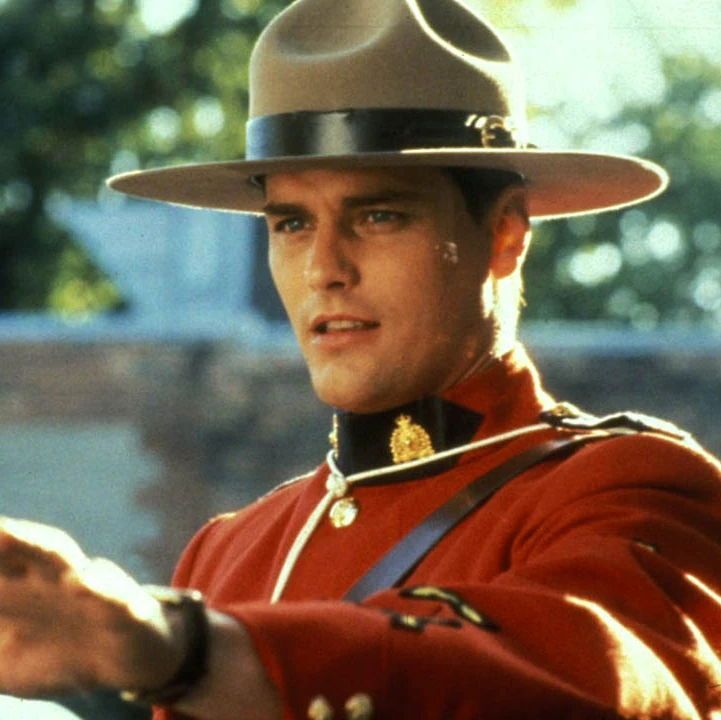It is #FrancophonieMonth and this is the story of the Acadian Expulsion!
The French began settling in Acadia (Nova Scotia & New Brunswick) in the early-1600s.
In 1713, the British took over Acadia & at first left the Acadians in peace but it was not to last.
🧵1/5
The French began settling in Acadia (Nova Scotia & New Brunswick) in the early-1600s.
In 1713, the British took over Acadia & at first left the Acadians in peace but it was not to last.
🧵1/5

In 1730, the Acadians took an oath of neutrality, promising not to get involved in a war between France and England.
Throughout the 1740s, the French & British built fortresses in the area.
Charles Lawrence, Lt. Gov. of Nova Scotia, soon became suspicious of the Acadians
🧵2/5
Throughout the 1740s, the French & British built fortresses in the area.
Charles Lawrence, Lt. Gov. of Nova Scotia, soon became suspicious of the Acadians
🧵2/5

Believing they were not neutral, he demanded an oath of allegiance in 1755 but the Acadians, who wanted to be left in peace, refused.
Lawrence threw the leaders of the Acadians in jail, then ordered the Acadians to leave.
This began the Acadian Expulsion.
🧵3/5
Lawrence threw the leaders of the Acadians in jail, then ordered the Acadians to leave.
This began the Acadian Expulsion.
🧵3/5

From 1755-1764, 14,000 Acadians were forced to leave. Thousands were sent to the Thirteen Colonies, others were sent to the Caribbean & a few were sent to France.
Many Acadians went to Louisiana, becoming the Cajuns
At least 5,000 died from disease, starvation & shipwrecks
🧵4/5
Many Acadians went to Louisiana, becoming the Cajuns
At least 5,000 died from disease, starvation & shipwrecks
🧵4/5

Some Acadians returned back to their lands, finding it now occupied by British settlers.
The Acadians were also allies of the Mi'kmaq, and the expulsion allowed for Indigenous lands to be taken by the British.
Today, the expulsion is considered a crime against humanity.
🧵5/5
The Acadians were also allies of the Mi'kmaq, and the expulsion allowed for Indigenous lands to be taken by the British.
Today, the expulsion is considered a crime against humanity.
🧵5/5

• • •
Missing some Tweet in this thread? You can try to
force a refresh


